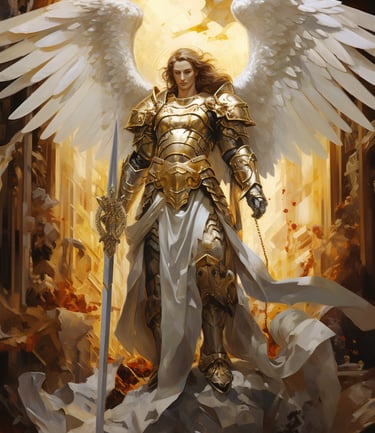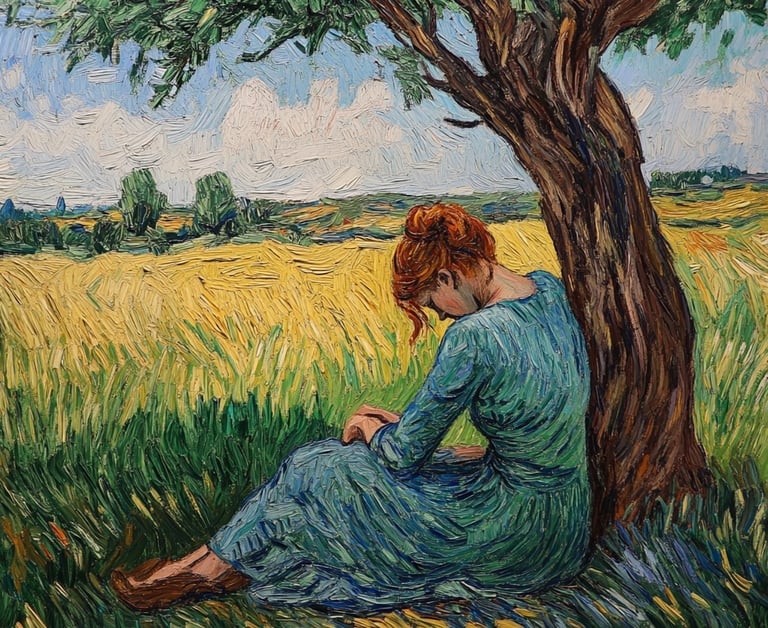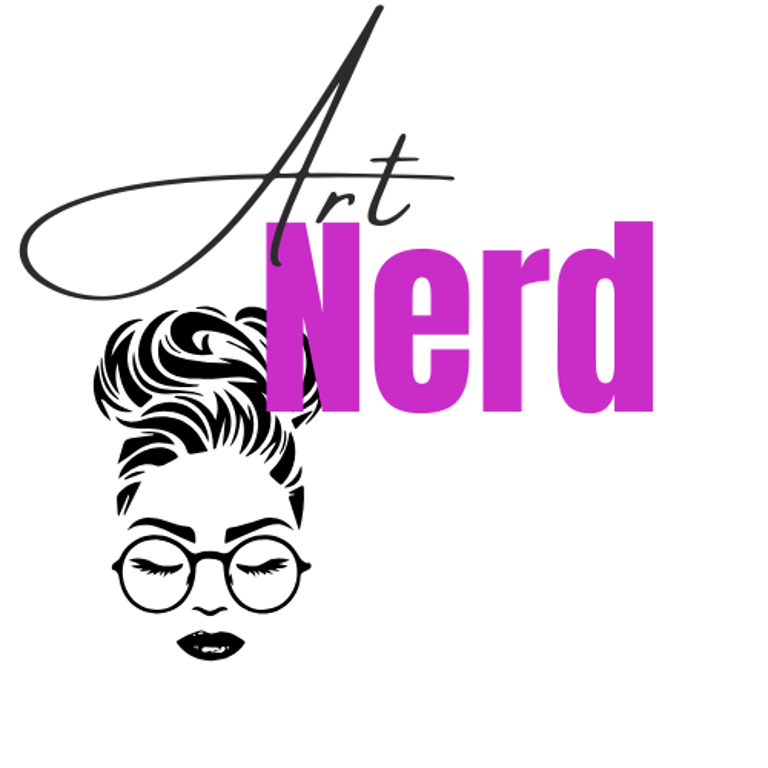Artificial Imagination: Art in the Age of AI
Imagine a machine dreaming in pixels or an algorithm brushing virtual strokes across a digital canvas. Welcome to the world of AI in art, where the traditional and the technological collide to create mind-bending masterpieces. Artificial intelligence is no longer just the stuff of science fiction; it's taking the art world by storm, enabling artists to push boundaries they never thought possible. From surreal landscapes to abstract portraits, AI is proving to be not just a tool but a collaborator in the creative process.
12/2/20244 min read


Imagine a machine dreaming in pixels or an algorithm brushing virtual strokes across a digital canvas. Welcome to the world of AI, where the traditional and the technological collide to create mind bending masterpieces. Artificial intelligence is no longer just the stuff of science fiction; it's taking the art world by storm, enabling artists to push boundaries they never thought possible. From surreal landscapes to abstract portraits, AI is proving to be not just a tool but a collaborator in the creative process.
At its core, AI generative art is a fascinating blend of logic and imagination. Algorithms like GANs (Generative Adversarial Networks) and machine learning models are trained on vast collections of existing artwork. They "learn" styles, techniques, and patterns, then generate original pieces that are often as surprising to the programmer as to the viewer. The result? A new kind of artistry where human intention meets machine interpretation. Whether it’s creating intricate fractals, reimagining or mimicking famous works, or designing something entirely novel, AI gives creators a fresh palette to experiment with. How do I use AI? I love using AI to come up with ideas and test color palettes before starting to paint. The image of the angel below was AI created. At first glance, it is beautiful. Upon closer inspection, the fingers look a bit weird, and I’m not sure how he will wield that sword. If I were to paint something like this, I would study the light and shadows, the colors used, and the folds in the cape as a guide. Art is not about copying an image verbatim. It is about our personal interpretations of a scene, an image, an idea.
Image taken from Hostinger free image stock


Not Everyone is a Fan
But not everyone is applauding. Critics argue that art made by algorithms lacks the soul and intent that human artists bring to their work and they are correct. Can a machine feel inspiration? No. Can it convey the depth of emotion or tell a meaningful story? No, it has no emotion, but the art can be made to mimic the style of an artist who did convey emotion. These debates heat up as AI-generated works, like those by DALL-E and MidJourney, earn places in galleries, competitions, and even auctions. Some see it as a revolution, others as a threat—but no one can deny the conversations it sparks about what art truly means.
AI generated image in Midjourney


Example
This is an image created by Midjourney in less than a minute using the prompt: a girl sitting under a tree in Van Gogh style.
I definitely see emotion in this painting. It follows the style of Van Gogh, even the way he uses warmer colors in the mid ground and cooler colors in the foreground.
AI generated image in Midjourney in Van Gogh style
How Can You Use AI in Your Art?
Here’s the truth: AI isn’t going anywhere. You can either complain about it, fear it, or figure out how to make it work for you. Many well established, smart artists are already using it as a weapon in their creative arsenal, not as a replacement, but as a tool. AI can help you brainstorm, break through creative ruts, and throw wild, unexpected ideas into the mix. Think of it like having a creative partner who never sleeps, never runs out of ideas, and doesn’t care if you toss out half of what it gives you.
AI doesn’t erase human creativity, it amplifies it. The brush still needs a hand to hold it. The vision still needs a mind to dream it. Whether AI becomes your co-creator or just another color in your palette is entirely up to you. But one thing’s for sure, the art world will never go back to what it was before.
And for those who cry that AI “steals” from other artists, let’s get real. Every artist in history has studied, borrowed, and been inspired by other artists. Michelangelo didn’t wake up one day and invent marble sculpture out of thin air, he learned from masters before him. In the Middle Ages, a well-known painter might have had a whole workshop of apprentices who finished most of his work, and no one questioned it.
Now, is AI art the same as spending hundreds of hours with a brush in hand? No. And I’ll be honest, I get annoyed when I see someone slap an unedited AI image online and try to pass themselves off as an “artist.” In that case, the AI did the work, not the human. That’s exactly why AI images can’t get copyright protection, and I agree with that.
But here’s the warning: the rules around AI art are shifting fast. If you’re going to use it, whether to inspire your work, speed up your process, or push your ideas further, stay educated about the legal side. The artists who adapt, innovate, and understand the game will win. The ones who ignore it will be left behind.
This article contains Amazon Affiliate links that I do get a small commission from. I promise to never mislead you about my recommendations which are genuine and feature many of the products that I use myself. It is just one small way to pull in a little extra money to support my many opinions.
Let's Stay in Touch!
Sign up to read the latest. It’s FREE!
hello@artbytoniakay.com
©2023 The Guidry Gallery, LLC
All blog posts are the sole property of The Guidry Gallery LLC, DBA ART by Tonia Kay and are held under copyright. ArtNerd is a product of ART by Tonia Kay. Images, artwork, and contents of this website may not be copied, collected, or used for personal or professional gain without written permission from Tonia Kay Guidry.
